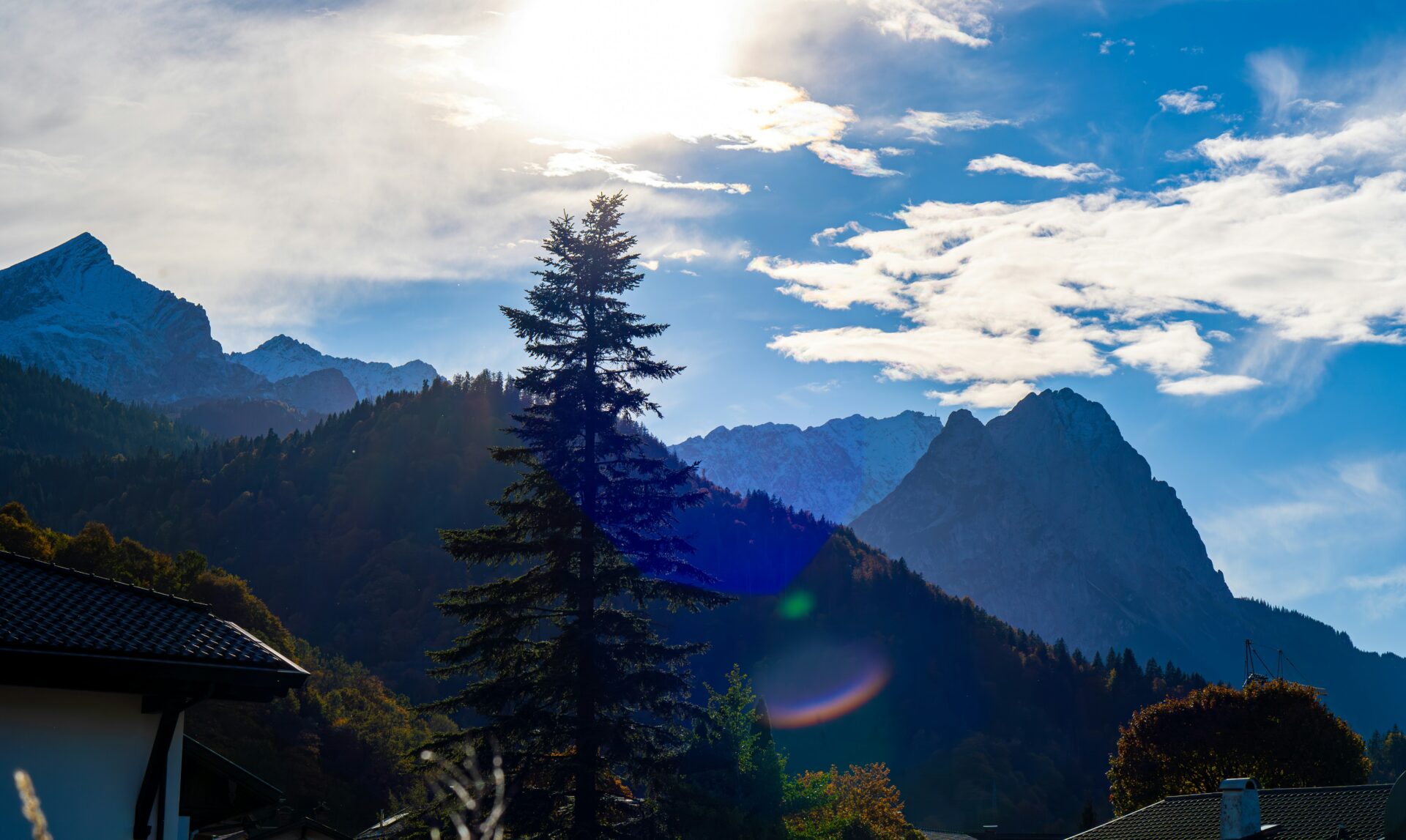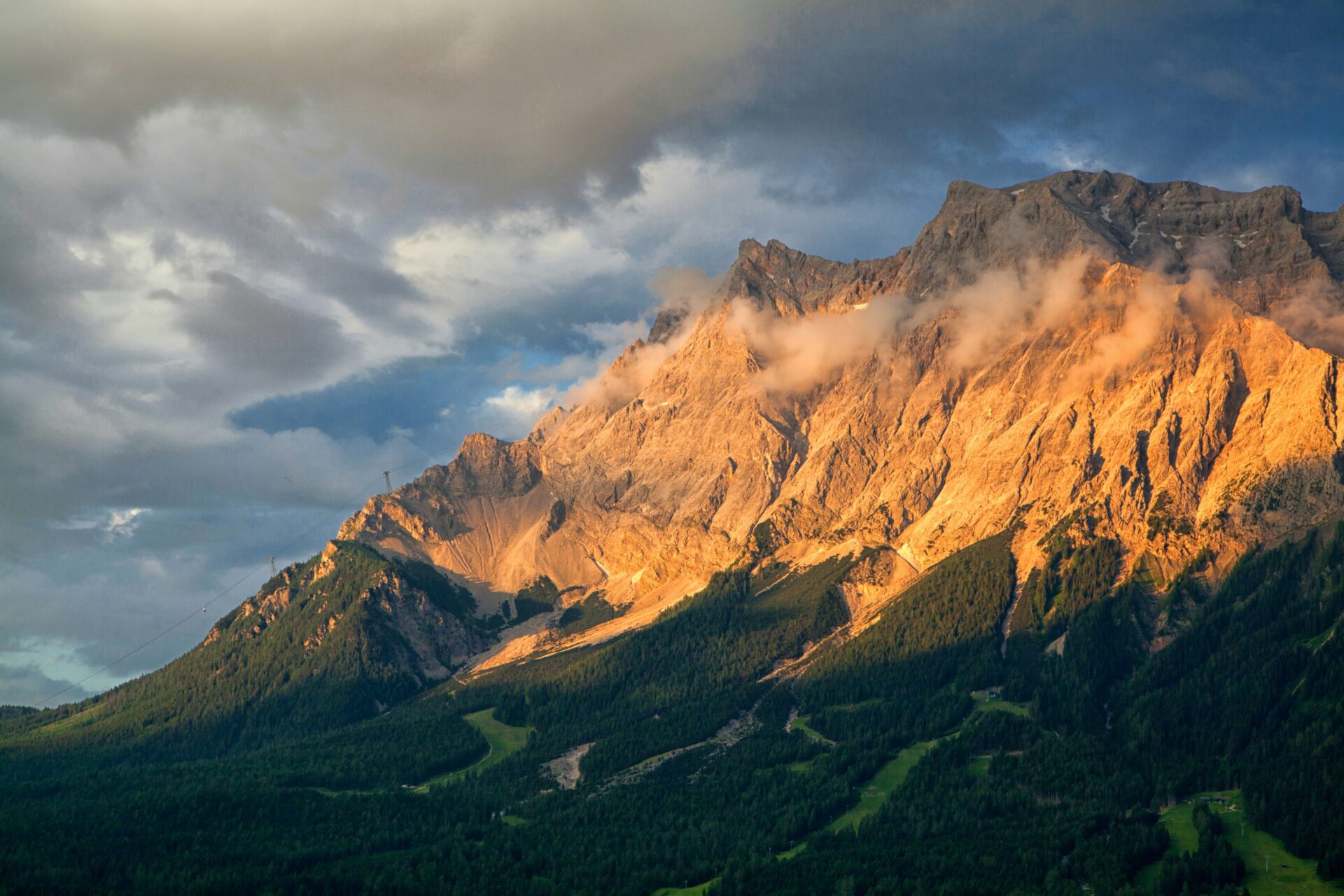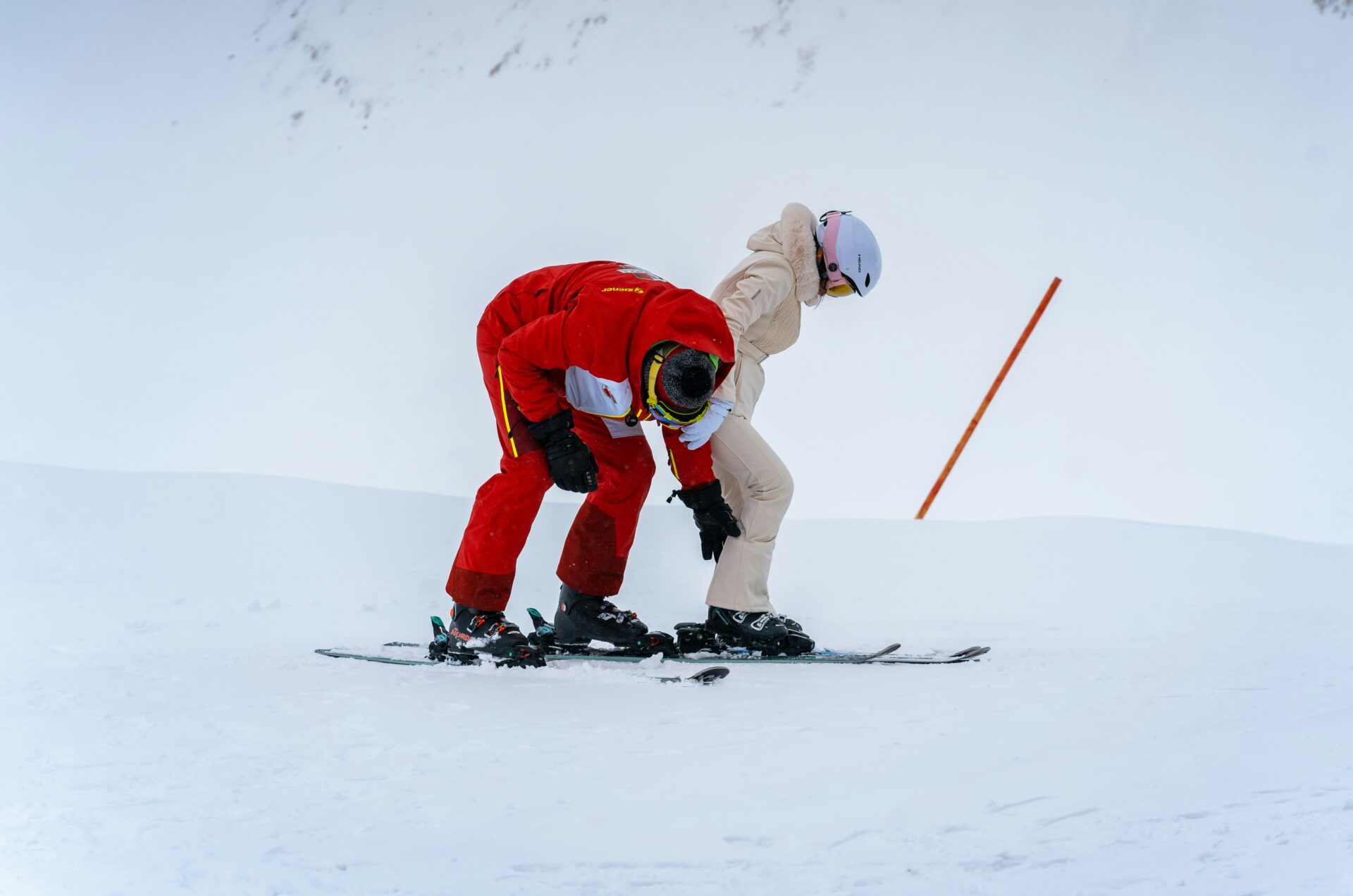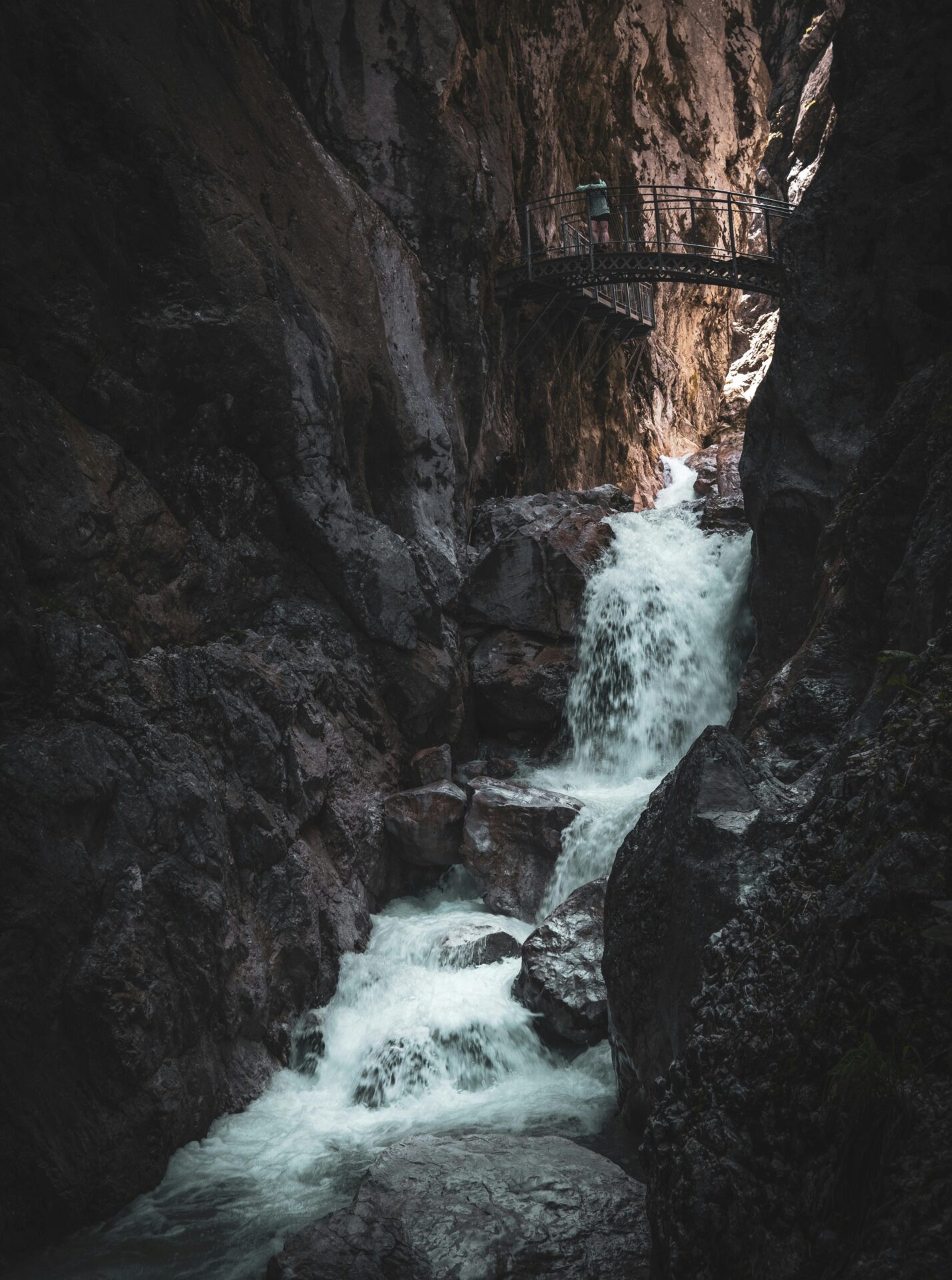Last summer, I stood on the summit of the Zugspitze, Germany’s highest mountain, and watched clouds sweep across a landscape stretching into Austria, Switzerland, and Italy.
There’s nothing quite like breathing in crisp mountain air and seeing those endless views—if the weather cooperates.
If you want the clearest views with a good chance of snow, plan a morning visit between late June and early August.
Mornings usually bring the clearest skies, and in summer, snow still clings to the glacier up top.
When I visited in July, I found enough snow for a quick snowball fight before heading down.
Every season on the Zugspitze brings something unique, but those early summer mornings really give you the best of both worlds: sweeping views and a bit of snow magic.

Timing Your Zugspitze Visit for Panoramic Views
On my last trip to the Zugspitze, I realized timing makes all the difference.
The weather up there changes fast, and catching those wide alpine views means paying attention to both the season and the time of day.
Seasonal Weather Patterns on the Summit
Weather on the Zugspitze can surprise you, even in summer.
Winter covers the summit in snow from November through April, and that’s ideal if you want snowy postcard scenery or plan to ski.
The air up there always feels cooler than down in the valley—often by 10°C or more.
Late spring and early autumn usually bring calmer weather, milder temperatures, and fewer people.
Summer days warm up, but afternoon storms can roll in before you know it.
I find early mornings usually offer the most stable conditions at the summit.
Staying flexible pays off; checking forecasts the night before has saved me from cloudy, wasted trips more than once.
Quick weather guide for the summit:
| Season | Typical Conditions | Pros | Cons |
|---|---|---|---|
| Winter | Cold, snow, icy | Snow activities, scenery | Windy, sometimes limited views |
| Spring/Fall | Mild, mixed weather | Fewer crowds, clear days | Changeable conditions |
| Summer | Mild to warm | Longer daylight, hiking | Afternoon storms, crowded |

Visibility and Clear Skies: The Best Months
I’ve noticed the best visibility at the Zugspitze summit usually happens from late May through early October.
Drier air brings clearer skies, and there’s less chance of fog or thick clouds blocking the views.
Late May and early September hit a sweet spot—pleasant weather and fewer tourists than in peak summer.
Crowds thin out, and I’ve caught some of my clearest panoramic views during these shoulder months.
On crisp autumn mornings, distant peaks pop with color and clarity.
Winter days can also be clear, but short daylight and snowstorms sometimes hide the mountains.
If I want those four-country views, I always check weather apps for a clear forecast.
Skipping days with heavy clouds has given me the best shot at seeing the vistas.

Sunrise vs. Midday: Lighting for Photography
Catching sunrise at the Zugspitze summit? It’s incredible.
Early morning light paints the Alps in gold and pink, and the low sun adds depth to every ridge and valley.
If I’m hoping for peaceful photos, sunrise is also the quietest time—barely anyone around, and the light is gentle.
Midday brings a high sun and (if you’re lucky) a bright blue sky.
The light gets stronger but flatter, so photos can look a bit less dramatic.
Still, this is when you can see all the mountains in the distance, especially on a clear day.
I like using a polarizer filter on my camera then—it cuts glare and boosts contrast.
For the best photos, I aim to reach the summit early.
If I want those deep blue skies and don’t mind more people, midday works too.
Late afternoon light can be beautiful, but summer afternoons often see clouds drifting in.

Snow-Covered Experiences: When to Expect Alpine Magic
If you want that perfect mix of clear views and snow on Zugspitze, timing really matters.
Deep winter brings full alpine snow, while spring and early summer leave snow patches and safer hikes.
It’s also smart to know about avalanche risk if you’re dreaming of snowy adventures.
Winter Wonderland: Deep Snow and Glacier Scenes
From December through March, Zugspitze turns into a full winter paradise.
When I visited in January, thick blankets of snow covered everything—from the cable car station to the glaciers.
The Zugspitzplatt glacier looked especially dramatic, its icy surface sparkling in the cold sunshine.
Standing on the summit, I saw 360-degree views of white-capped peaks.
The snow was deep, sometimes waist-high along the trails.
Skiing, snowboarding, and sledding fill these months, but you don’t have to be an athlete—just soaking in the views from the panorama platforms or checking out the ice sculptures is worth it.
Clear skies can come and go in a flash.
I’ve found mid-February often brings more sun and stable weather, but always check the forecast.
Temperatures can drop below -10°C, so I always pack warm layers.

Spring and Early Summer Snow Patches
By late April, the snow softens and starts melting lower down, but patches of snow and glacier ice stick around well into June.
On my May hike, I found lush green meadows in the valley and fresh powder still clinging to the upper slopes.
During spring, high trails can still be slippery or partly blocked by old snowfields, especially on northern slopes and near the glacier.
Microspikes or sturdy boots make a world of difference for footing.
The views this time of year can be stunning, with lingering snow highlighting jagged summits under a bluer, warmer sky.
Wildflowers start lining the trails, and crowds are thinner than in winter.
The milder weather makes it easier to spend longer outside, but late snows can still surprise you, especially after a cold snap.

Safety Tips: Avalanche Awareness
Avalanche risk is real in the Zugspitze region, especially in deep winter and after fresh snowfall.
I always check the avalanche bulletin before planning my route, since conditions can flip fast—even in a single day.
I avoid steep slopes and off-piste routes unless I’ve got the right knowledge and gear.
Popular paths and lifts get monitored for avalanche safety, but marked warnings should never be ignored.
Guided tours can add extra safety and local know-how if, like me, you’re not an expert.
Here’s what I do to stay safe:
- Check daily avalanche forecasts and weather reports
- Carry a beacon, probe, and shovel if I’m going off marked trails
- Never hike or ski alone
- If unsure, stick to open, groomed routes or ask a local guide
Taking these steps lets me enjoy the snow safely and really soak in the glacier landscape.

Popular Routes and Their Seasonal Perks
Every way up the Zugspitze has its own vibe, and each season brings out something special.
Whether I’m hiking rocky trails or gliding up by cable car, the time of year changes not just the scenery, but the whole adventure.
Classic Summit Hikes and Scrambling Opportunities
Hiking to the top of the Zugspitze is a bucket-list challenge for me.
The two main hiking routes—the Reintal route and the Höllental route—work best from late June to September, when most of the snow has melted and the trails open up.
Early summer still leaves pockets of snow in shaded spots, which make for great photo stops.
The Höllental route is my pick if I want variety: there’s forest, a dramatic gorge, and some steel cables for scrambling.
In late summer, wildflowers add color to the meadows, and September brings cool, crisp air that makes the climb less exhausting.
Mountain weather can flip in a flash, so I always check the forecast before heading out.
A table of popular classic routes and their seasonal perks:
| Route | Best Season | Notable Features |
|---|---|---|
| Reintal | July-Sept | Gentle ascent, longer trail |
| Höllental | July-Sept | Scrambling, gorge, exposed path |

Cable Car Journeys: Weather Impact and Window Views
When I want to skip the long hike or save my knees, I take the cable car, especially if the weather looks promising.
On bright days, the panoramic glass gives you breathtaking views over the Alps and down into the valleys.
Morning rides often mean fewer clouds blocking the view.
In winter, I’ve caught glimpses of snow-capped peaks sparkling in the sun—amazing for photos.
But fog and strong winds sometimes cause delays or even closures, so I always double-check the latest updates before heading out.
Late spring and early autumn let you see both lingering snow patches and green fields below—a real treat if you time it right.
Pro tip: If I want snow views without freezing, I aim for late April or early May. Fresh snow still lingers on the peaks, but the valley weather feels mild.

Wild Alpine Adventures Beyond the Peak
Climbing the Zugspitze always feels like just the start for me.
The surrounding alpine region hides plenty of gems—from sparkling lakes to quiet wilderness trails—waiting for you to explore.
Eibsee: Reflection Lake and Adventure Basecamp
Eibsee, at the foot of Zugspitze, is one of those places that always takes my breath away.
The crystal-clear water mirrors the mountains, especially early in the morning when the wind is calm.
I love walking the easy 7-kilometer trail around the lake; the views shift with every turn.
Swimming and kayaking are big here in summer.
Paddle boards are easy to rent for a quiet trip across the lake—I’ve drifted over smooth water, staring up at the snowy Zugspitze.
There are picnic spots and even a few small beaches for lazy days with friends or family.
Quick Tips:
- Location: Right next to the Zugspitzbahn cable car station
- Facilities: Parking, cafes, equipment rental
- Best time to visit: Late spring through early autumn

Wilderness Trails and Off-the-Beaten-Path Experiences
Sometimes I just need to escape the crowds. The lesser-known trails around Zugspitze are perfect for that.
When I step onto these narrow paths, I feel like I’m finally in true wilderness. Cowbells echo now and then, or maybe it’s just the wind rustling through the pine trees.
One of my favorites? The trail through Höllentalklamm Gorge. Misty waterfalls tumble down, and dramatic cliffs rise up on both sides.
If I’m in the mood for more adventure, I’ll head out toward Grainau or the Partnach Gorge. I’ve even spotted marmots and chamois along these routes—always a thrill.
Why I love these trails:
- Solitude: You hardly see anyone compared to the main summit route
- Diverse scenery: Forest, waterfalls, rocky outcrops
- Wildlife: Sometimes you catch a glimpse of alpine birds or small mammals
These hidden paths really add something special to any Zugspitze trip. If you’re craving raw nature and little surprises, this is where you’ll find them.

